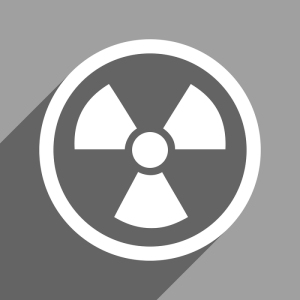From the September 2016 issue of HealthCare Business News magazine
By: Jim Noller, Daniel Harrell and Manjit Chopra
Radiation has long been wielded as a vital tool by health care providers, but the shielding that is always necessary to protect patients and staff from unwanted exposure is, perhaps, not that well understood. Although many types of shielding materials exist, concrete in its various forms often provides the preferred solution.
Radiation shielding applications
Radiation and radiation shielding can be broken down into two primary categories: diagnostic imaging and therapeutic applications.
Diagnostic: Low-energy diagnostic procedures, such as chest X-rays, are typically shielded with lead-lined drywall. Higher energy diagnostic procedures, such as CT scans, require increased amounts of shielding. Concrete is often used for these applications.
Therapeutic: The second category is therapeutic radiation treatments for cancer, and this is where heavy-duty shielding comes into play. These internal and external beam therapies include high dose rate (HDR) brachytherapy, linear accelerator and particle therapy (including proton therapy). Because these treatments utilize more intense radiation than diagnostic procedures, they require substantial shielding.
For example, it is not unusual for a linear accelerator treatment room to require 1.5 million pounds of shielding. Not surprisingly, concrete and heavy concrete are the preferred shielding materials for radiation treatment applications. Radiation treatment room walls, ceilings and floors are carefully designed with materials that will provide the required level of protection, which is determined by applicable codes and regulations. The physicist of record will calculate the shielding barriers based on the quality and energy of the radiation, the treatment modalities and the expected number of patients per day.
Concrete, due to its relatively low cost, high structural properties and ease of use in construction, has long been the primary material for radiation shielding. As the cost of real estate and construction has increased, so has the use of heavy (or high-density) concretes in order to decrease shielding space requirements. Under certain conditions, lead (Pb) may be incorporated into the shielding design, but is often limited due to high cost, toxicity and lack of structural qualities, which require additional construction and cost for support.
How much is just right?
To provide some perspective, a typical PET/CT room might have walls that consist of approximately 10 to 14 inches of concrete shielding, while the walls of an HDR/brachytherapy room may be designed with 15 to 20 inches of concrete. Linear accelerators typically require two shielding barriers. The primary shielding barrier where the beam from the linear accelerator is pointed usually requires six to nine feet of concrete. The secondary barriers, which absorb leakage and scatter radiation, usually require three to four feet of concrete. Very high energy particle therapy applications like proton therapy utilize a cyclotron to produce the particles, a beam line to carry the particles and a gantry to deliver them to the patient, and can require eight to 12 feet of concrete shielding.
